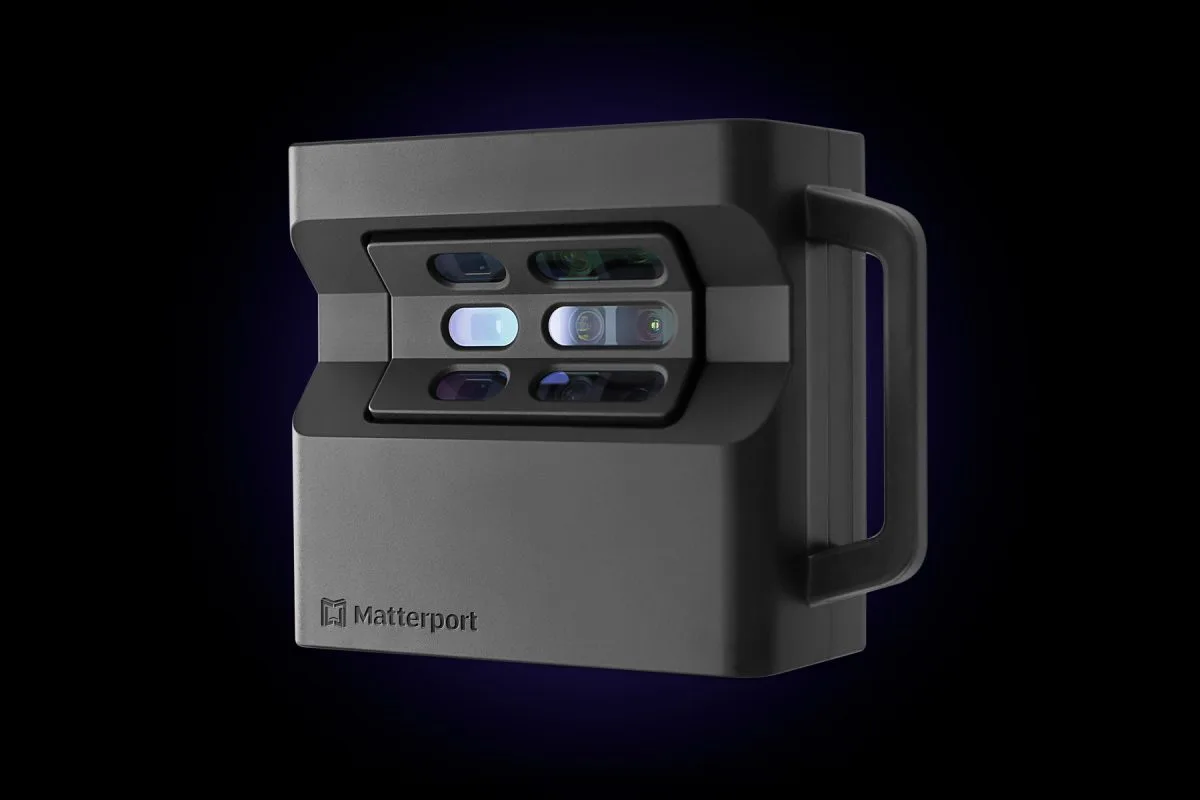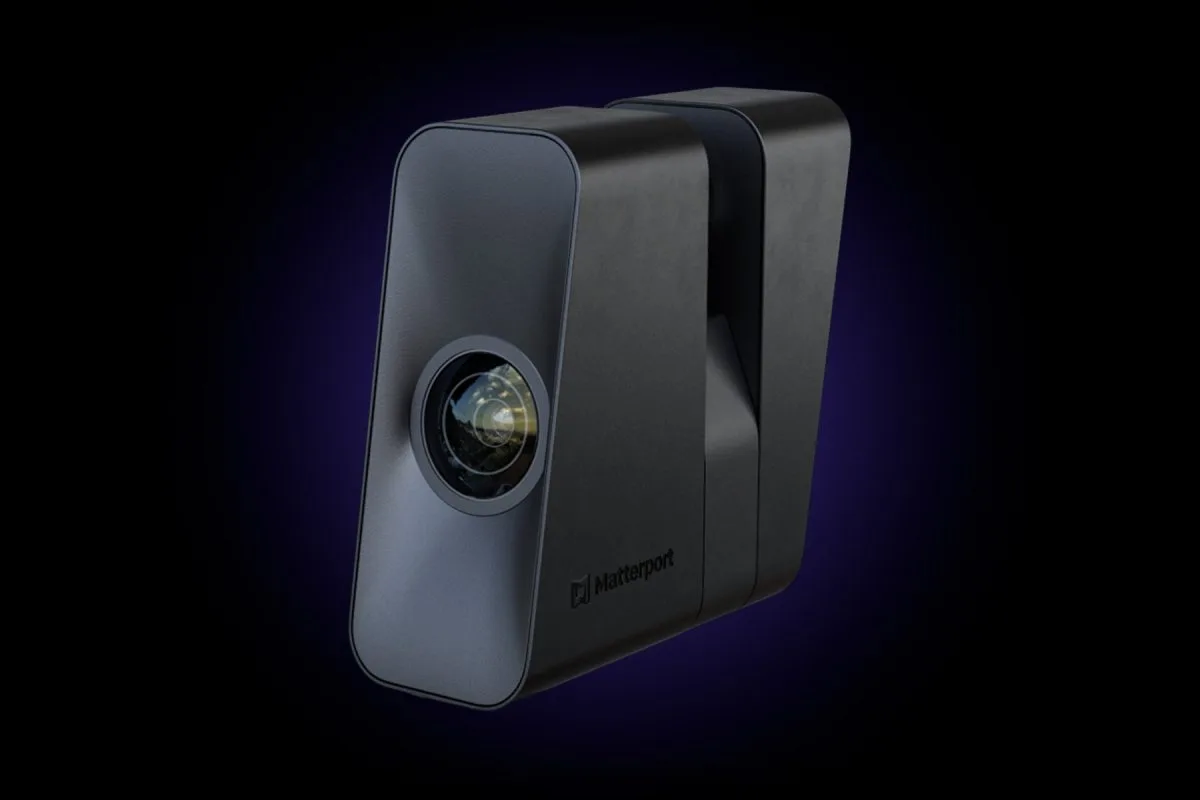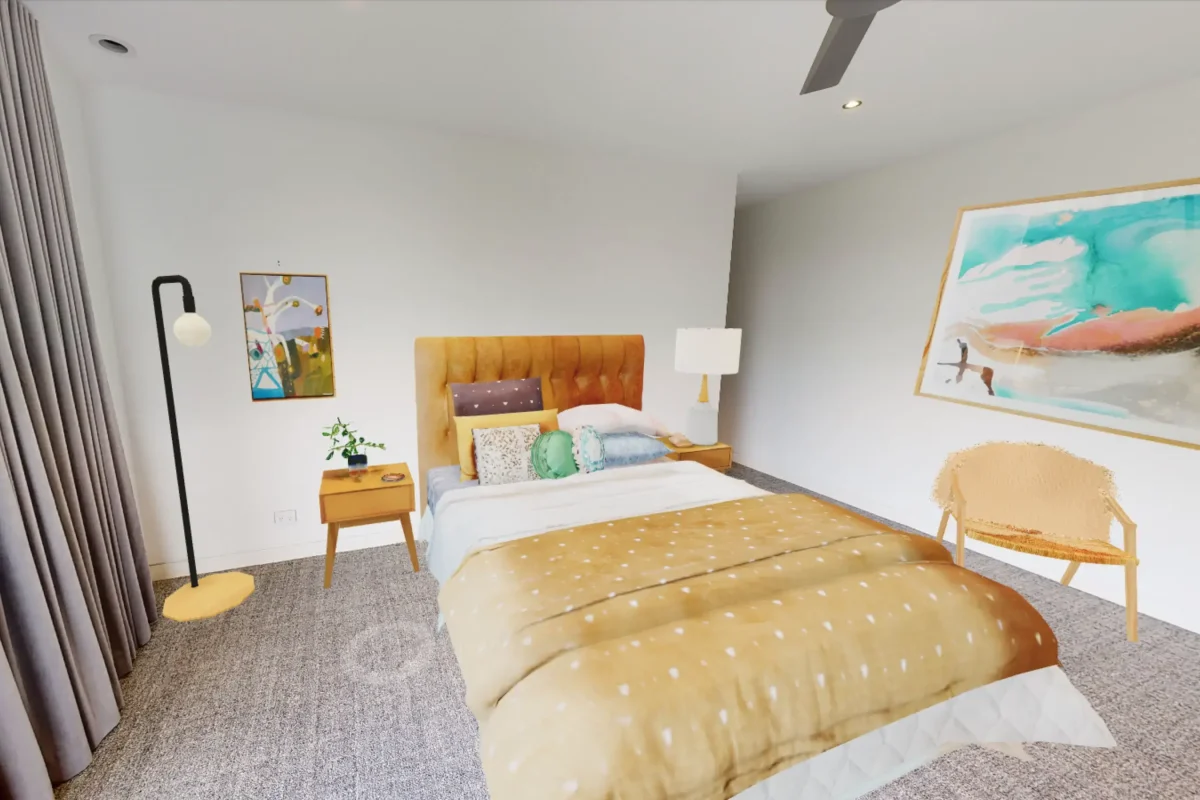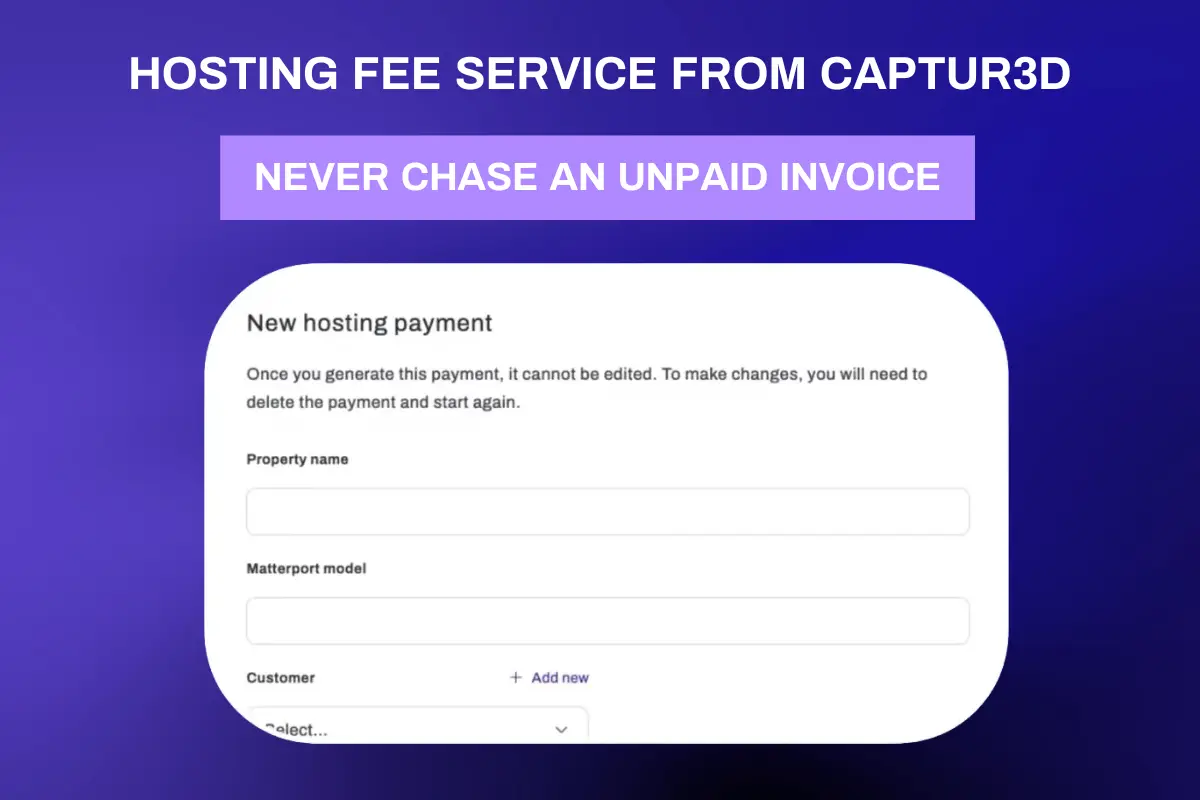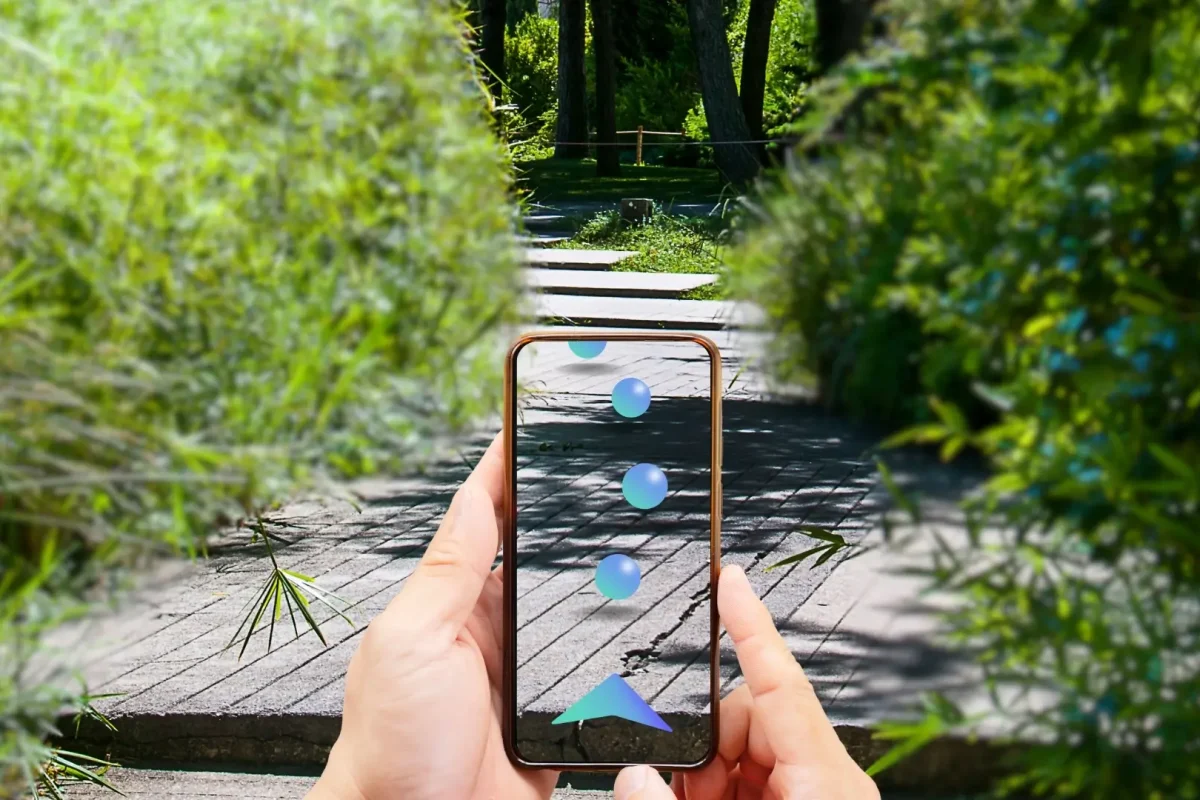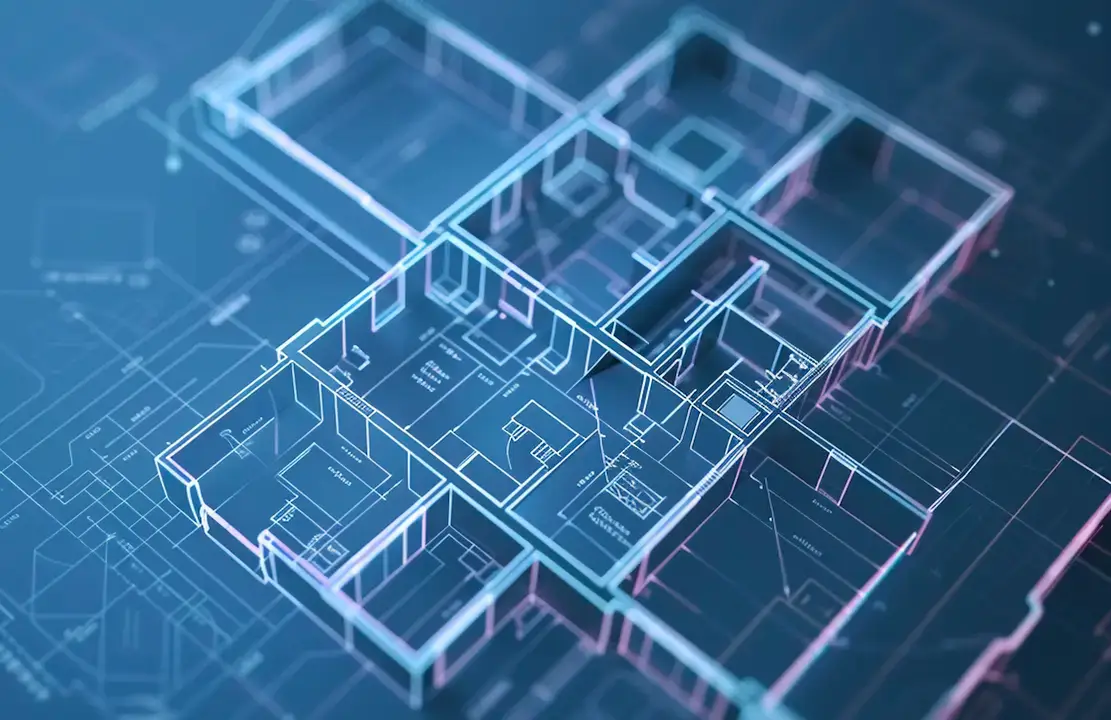As any fan of interior design and home renovation shows will attest: There’s something deeply satisfying about watching an empty space being utilised to its fullest. However, when it comes to property marketing, employing a live TV crew to regularly revamp your space isn’t exactly a sustainable business model. This is why the concept of virtual staging is rising in popularity — as one of the easiest ways to assess the size and maximise the potential of a property. And it isn’t just the real estate industry that’s benefitting. Virtual staging has also found applications across other sectors, including retail, construction, and travel.
But what exactly does it mean? And how do organisations benefit? In this blog, we’ll break down everything you need to know about the magic of virtual staging.
What is virtual staging?
Virtual staging refers to digitally adding furniture, fixtures, or other 3D objects to a property to create an accurate representation of a finished product.
Much like your average interior design phone game, virtual staging software lets you move stuff around, add new assets, and explore new interior design styles.
Unlike a phone game, however, it uses computer-assisted design (CAD) technology to deliver hyper-realistic results, which are highly effective for property marketing. In fact, chances are you’ve seen several virtually staged projections online without realising it.
Virtual staging is essentially a digital upgrade to traditional staging, which many real estate companies find time-consuming and expensive. Users can use virtual staging software to remove existing items, add new furniture and decor, change the colours of the interiors, or even adjust the lighting and orientation of a room.
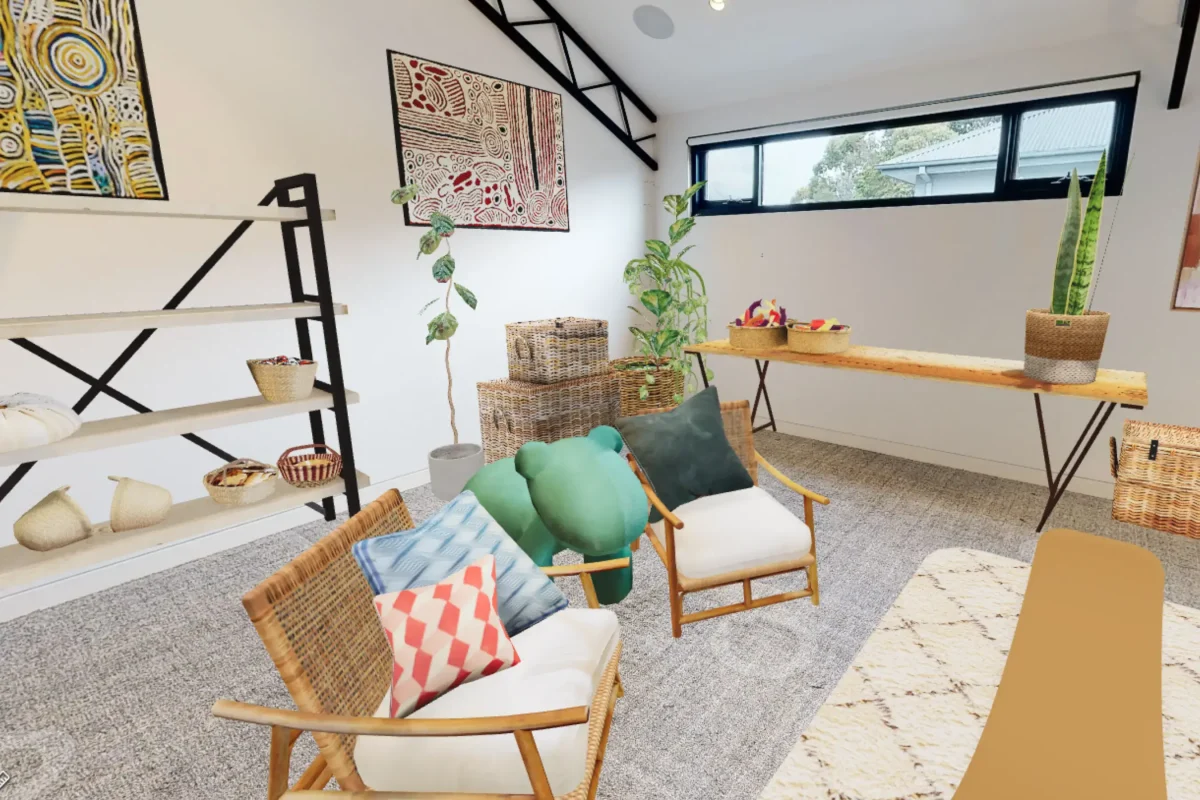
Benefits of virtual staging
As with most processes in 2024, technology has enhanced traditional staging. The advantages of virtual staging can be seen across industries. It is as useful for real estate agents looking to market properties as it is for construction experts looking to create an accurate projection of a finished project. Here are some more of its benefits:
Time-saving
Traditional staging, while effective, is time-consuming. Professionals have to be hired, furniture has to be physically manoeuvred, and all of it has to be taken apart to accommodate even the most minor feedback. A 3D virtual staging software can do all of the above in minutes — without compromising on quality.
Cost-effective
Staging property to rent or sell is an expensive proposition. Estimates suggest it can cost anywhere between $3,000- $12,000. 3D virtual staging software, as you’d imagine, costs a lot less than buying new furniture or hiring a team of movers. It brings down costs in other ways, too. It could, for instance, help architects stick to their budgets better by reducing errors and enabling them to earn the approval of a stakeholder before completing a project.
Versatile
Virtual staging allows organisations that want to experiment with styles and designs a lot more flexibility. Retail stores, for instance, can try out several layouts and custom displays to assess which best represents their brand.
Design teams can also try out colours that are not so easily accessible or fittings that appeal to a very specific demographic, helping them make the sale.
Applications of virtual staging across industries
Ever since the concept of home staging was introduced in the 1970s, property marketing teams have been employing the strategy to significantly improve sales.
Now, with the advent of 3D virtual staging, its applications have skyrocketed. Here’s how it features in property marketing endeavours across industries.
Residential and commercial real estate
In the real estate industry, virtual staging can be used to create virtual tours of properties, helping agencies reach global audiences. Interiors can be customised to make a home more appealing, while customers are offered a better understanding of how an empty space can be utilised. 3D virtual staging increases engagement rates, draws in customers, and helps close sales.
Architects, Engineers and Construction (AEC)
AEC professionals can use virtual staging software to get an accurate representation of a finished project and minimise errors. These 3D projections can be used to gain stakeholder approval, increase customer satisfaction, and assess maintenance needs — all while eliminating the need for on-site visits.
Retail
Virtual staging can help retail companies showcase their merchandise in more compelling ways, increasing customer engagement and sales. It also allows retail companies to experiment with new designs and layouts to identify high-traffic areas, optimise product placements, and refine the store’s overall design.
Travel and hospitality
Virtual staging is also often applied in the travel and tourism sector as a way for hotels, restaurants, and vacation rentals to showcase their offerings and amenities. With high-quality digital representations, establishments can attract more guests without having to rely on expensive photoshoots.
Why industry leaders prefer CAPTUR3D
As the world’s largest platform for immersive 3D virtual staging, no one understands the benefits and applications of virtual staging better than CAPTUR3D. Our solution offers everything you need to effectively promote and advertise a property.
CAPTUR3D’s stand-out features include:
- Integration with Sketchfab: Access over 750,000 assets from 3D artists from all over the world. Simply search for what you need in our Creator Studio.
- Simple UI tools: Easily manoeuvre assets around an empty space using either a first-person or dollhouse view.
- Directional lighting: Customise lighting and shading with great detail. You can adjust exposure, shadow angles, and strength over various assets or choose from a wide selection of light tones.
- Performance monitoring: Optimise the position of your assets and enhance the load time of your virtual tour with the help of our performance gauge.
- Custom settings: Offer your users flexibility by letting them toggle between the original image and a virtual staged representation with ease.
Not convinced? Get a free trial of our cost-effective solution here to see for yourself.


